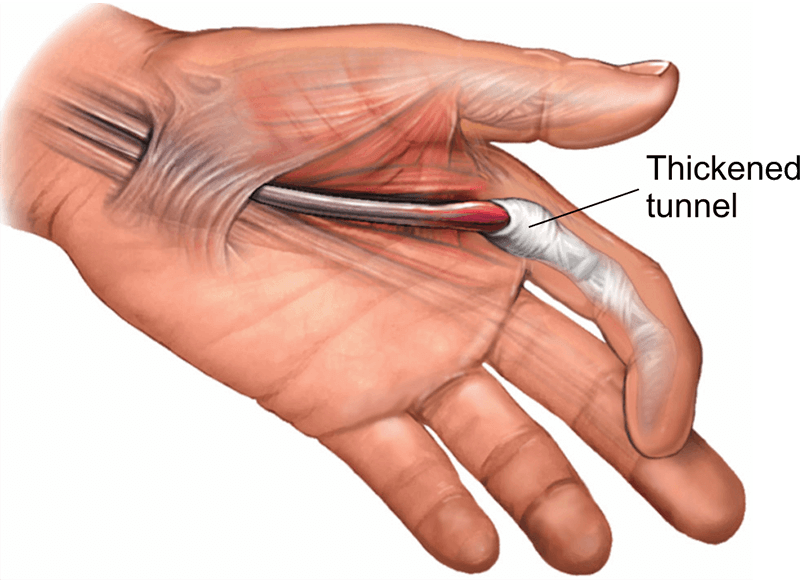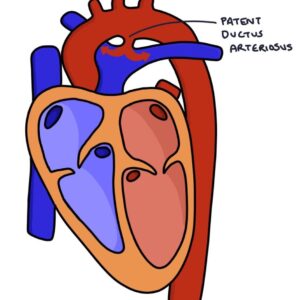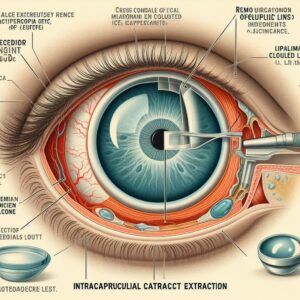Description
Familiarity with Treatment:
Trigger Finger Release is a surgical procedure aimed at addressing a condition called trigger finger or stenosing tenosynovitis. This condition causes one or more fingers to catch in a bent position and then suddenly straighten out, often accompanied by pain and a popping sensation. The surgery involves releasing the affected tendon sheath to alleviate the catching and locking of the finger.
Procedure:
- Open Release: This traditional approach involves making a small incision in the palm or the base of the affected finger to access and release the constricted tendon sheath, allowing the tendon to move more freely.
- Percutaneous Release: A minimally invasive technique where the surgeon uses a needle to divide the affected tendon sheath, often performed under local anesthesia in an office setting.
Who is it Suitable for?
Trigger Finger Release is suitable for individuals experiencing persistent symptoms of trigger finger, including finger locking, catching, or pain, that have not responded to non-surgical treatments such as splinting or corticosteroid injections. It is often recommended when the condition significantly impairs hand function and quality of life.
Who is it Not Suitable for?
Trigger Finger Release may not be suitable for individuals with mild or intermittent symptoms of trigger finger that can be effectively managed through non-surgical means. Additionally, those with certain medical conditions that increase surgical risks may not be good candidates for this procedure.
Advantages:
- Restoration of Finger Function: Trigger Finger Release surgery aims to alleviate the catching and locking of the affected finger, restoring smooth and pain-free movement.
- Improved Hand Comfort: By releasing the constricted tendon sheath, the surgery can relieve pain and discomfort associated with trigger finger, allowing for improved hand function and comfort.
Complications:
- Potential complications of Trigger Finger Release may include surgical site infection, nerve or blood vessel injury, stiffness, persistent symptoms, and rarely, bowstringing of the tendon.
Preoperative Care:
- Comprehensive evaluation of the patient’s symptoms and physical examination to confirm the diagnosis of trigger finger and determine the need for surgical intervention.
- Patient education regarding the procedure, including potential risks and benefits, as well as expectations for recovery and rehabilitation.
Postoperative Care:
- Immobilization and protection of the surgical site during the initial healing phase
- Hand therapy to regain finger strength and flexibility
- Monitoring for signs of infection, impaired healing, or complications
- Gradual return to normal hand use, avoiding activities that may stress the operated finger






Reviews
There are no reviews yet.